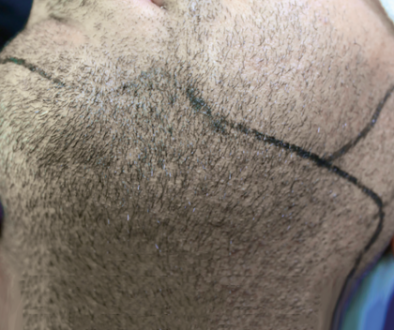Using a Trichometer to Evaluate Hair Loss Prior to Hair Transplant Surgery
This question, asked by a member of the Hair Loss Discussion Forums, was answered by Coalition physician Dr. Bernardino Arocha
In researching hair restoration surgery, I found some information about precise examination and evaluation of the existing hair (eg. follicular unit density, hair shaft diameter, etc) before deciding how best to proceed by using a trichometer. Has anyone had any experience with that? Was it any good in terms of doing an effective, long-term management plan?
 I am glad that you recognize the importance of researching hair transplantation prior to surgery. A thorough evaluation is of prime importance. It includes diagnosing the cause of the balding and subsequently determining the best treatment options.
I am glad that you recognize the importance of researching hair transplantation prior to surgery. A thorough evaluation is of prime importance. It includes diagnosing the cause of the balding and subsequently determining the best treatment options.
Physician experience is key in evaluating hair loss. A trichometer (or any other instrument) is just that: a tool. In the hands of an experienced hair transplant physician such tools can be used to your advantage. Be wary of heavily marketed machines, and gadgets. Nothing can replace the skills, knowledge and experience of the doctors that are showing consistently excellent results on the Hair Transplant Network! Hair characteristics are very important factors to take into account in the short and long-term planning of hair restoration surgery.
The following articles provide more information on this topic:
Is there a Way to Accurately Measure Donor Density for a Hair Transplant? | Hair Loss Q & A
How Hair Characteristics Impact Hair Transplant Results | Hair Loss Q & A
Hope this helps,
Dr. Bernard Arocha, M.D., ABHRS
—-
David – aka TakingThePlunge
Assistant Publisher and Forum Co-Moderator for the Hair Transplant Network, the Hair Loss Learning Center, the Hair Loss Q&A Blog, and the Hair Restoration Forum
Follow our community on Twitter
Watch hair transplant videos on YouTube
Technorati Tags: hair restoration, follicular unit, balding, hair loss, hair transplant



